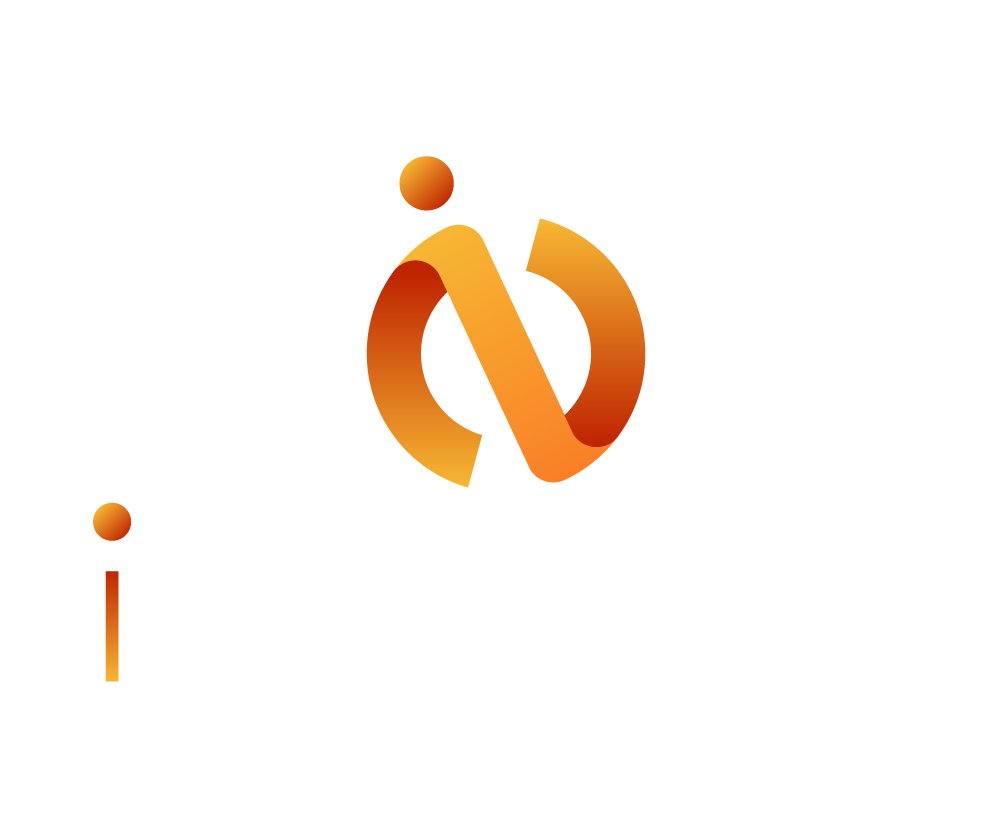In a fiercely competitive industry, the success of law firms hinges on their ability to attract and retain quality talent. However, simply making ‘easy’ hires from those currently available in the market and actively looking, or headhunting those from in-house and smaller firms can be risky. Particularly without a strategic approach.
To mitigate these risks, the gold standard for hiring involves identifying quality legal talent in advance (prospecting) and then cultivating a relationship with them, so that they are keen to join your firm ahead of any vacancy (pipelining).
This articles delves a bit deeper into the nuances of ‘prospecting’ compared to ‘headhunting’ in legal recruitment, the potential benefits, and the pivotal role Insource can play to help your firm facilitate a long-term hiring strategy.
Prospecting: It’s about long-term connections
When it comes to talent acquisition, prospecting is a proactive approach to identify and engage with lawyers who may not be actively seeking new positions. Prospecting entails reaching out to lawyers, leveraging the advances search capabilities of our platform to gather information, and ascertain their interest in potential opportunities with your firm.
Unlike headhunting, prospecting does not involve immediate job offers. Instead, it focuses on establishing connections and nurturing relationships with talent who may be open to future career moves.
The primary distinction between prospecting and headhunting lies in the timeline and intent. Prospecting is a long-term strategy aimed at building a talent pipeline for future. By engaging with legal talent who are not actively looking for job changes, firms can foster relationships, communicate their culture and vision, and position themselves as an attractive destination for legal professionals.
Lawyers who are not actively in the market are more likely to engage in a prospecting conversation, than in a current ‘live’ opportunity at your firm (headhunting).
Pipelining: Cultivate relationships for future success
Once a lawyer is identified as being interested in working for your firm, they can be added to your talent pipeline on the Insource platform.
This pipeline serves as a centralised hub where your firm can manage and nurture relationships with prospective candidates. Our Activity Tracking System facilitates seamless communication, making it easy to stay in touch and provide updates on relevant opportunities.
Pipelining empowers firms to maintain ongoing relationships with potential candidates, keeping them engaged and informed about future opportunities that align with their career aspirations. This approach ensures that firms have a ready pool of qualified and interested candidates. So, when the right opportunity arises (for both firm and talent), the recruitment process can be streamlined – reducing time and resources spent on sourcing candidates externally. Learn more about building your pipeline in our previous article: ‘The Power of Pipelining.’
Unlocking the gold standard: Leveraging Insource
To operate at the gold standard, firms should leverage Insource’s technology to optimise their prospecting and pipelining efforts. Insource offers a comprehensive database of 100,000 + lawyers across Australia and New Zealand, and a suite of tools/features designed specifically for the legal industry to help streamline the talent acquisition process.
As part of Insource’s subscription, firms gain access to in-depth training, and a step-by-step guide on effective headhunting, prospecting, and pipelining. This valuable resource equips firms with the knowledge and skills needed to identify, engage, and nurture specialist legal talent. The platform’s powerful search capabilities allow firms to precisely target and connect with lawyers who align with their specific requirements and organisational culture.
Furthermore, Insource’s Activity Tracking System simplifies the management of candidate relationships by providing real-time updates, reminders, and communication touchpoints. Firms can track the progress of each prospect, maintain detailed notes on their preferences and interests, and stay connected with candidates in the long-term. This all facilitates seamless collaboration across in-house recruitment/HR teams, and ensures a personalised and efficient candidate experience.
Conclusion: By understanding the distinction between prospecting and headhunting, firms can future proof their hiring deicisions
In the landscape of legal recruitment, adopting the gold standard approach is paramount for firms seeking to attract and retain the best legal talent. By understanding the distinction between prospecting and headhunting, firms can implement long-term strategies that future-proof their hiring decisions.
The Insource platform offers the necessary tools and resources to effectively leverage prospecting and pipelining, empowering firms to build robust talent pipelines, and secure the best talent, at the right time. Embracing these strategic practices not only enhances recruitment outcomes, but also contributes to the success and growth of law firms in an evolving industry.
If you’re interested to explore how Insource can assist your firm in making effective and quality hires, don’t hesitate to reach out to us and book in a demo. We’re here to help you navigate the competitive landscape of legal recruitment, and secure the right talent for your firm.

